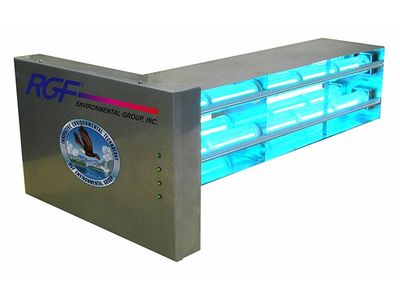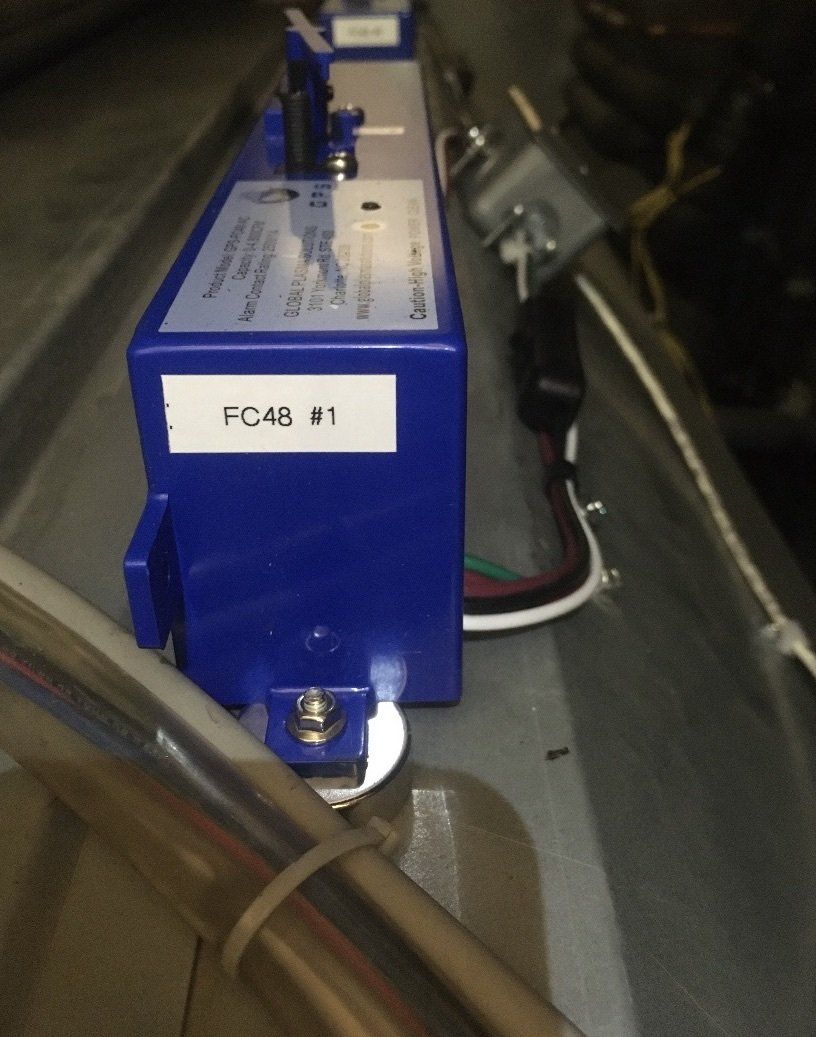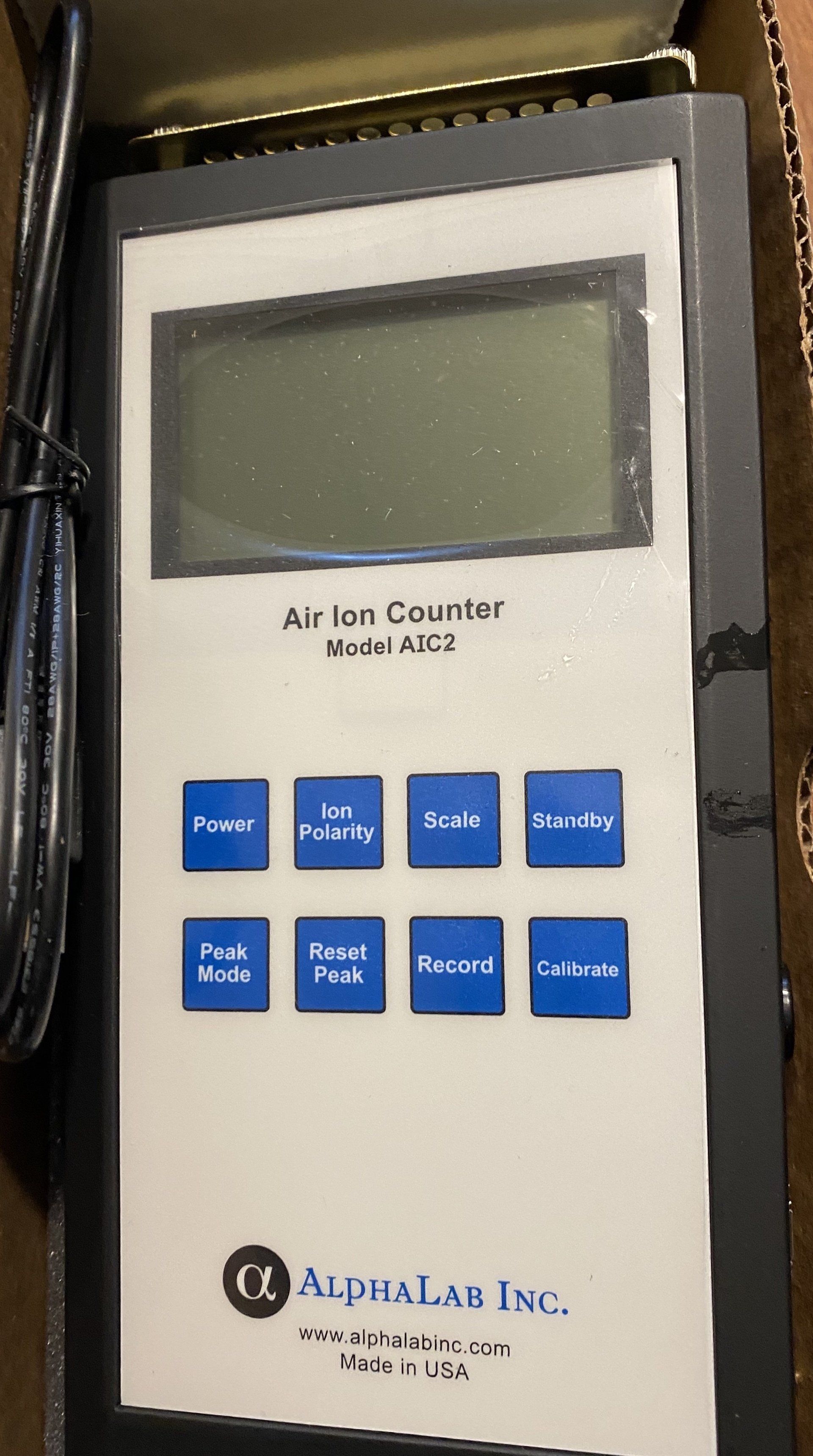Building Air Purification
Air Purification for Commercial Buildings
The Need for Better Facility IAQ
Large buildings often have multiple HVAC systems that require careful coordination. An HVAC system that is not properly maintained can release contaminants into the air, which may pose serious health risks for people in that building or other buildings nearby.
Installing the right air purification equipment in large office buildings and other commercial facilities can prevent illnesses and save lives, according to a new study from the American Society of Heating, Refrigerating and Air-Conditioning Engineers (ASHRAE).
Air cleaners and Air purification systems in Offices, Schools, and Commercial Buildings is an important part of your heating, ventilation and air conditioning (HVAC) system. Air from outside of a building travels through a duct system to reach the interior of a building. HVAC filters are used to remove contaminants from the air which may be present in outdoor air due to pollution sources and/or within the duct system itself due to previous occupants or activities.
Needlepoint bipolar ionization
Bipolar ionization (BPI), also called needlepoint bipolar ionization is a commercially available technology that uses an ion stream to capture airborne pollutants. The technology has been used for decades in hospitals, government buildings, hotels, schools, and office buildings and is effective at neutralizing particulate contaminants and volatile organic compounds (VOCs) and odors. It is considered a possible method of neutralizing SARS-CoV-2 in buildings.
Bipolar ionization works with a needle-like electrode called a "needlepoint". The tip of the needle is mounted on a piezoelectric transducer that produces high voltage oscillations when applied with an alternating current (AC). The resulting electric field accelerates contaminants to the needle point, where they are ionized and collected using an inexpensive power supply. Some ions attach themselves to the surface of the needle. Others combine chemically with contaminants in the air stream. These ions neutralize odor molecules or destabilize them so they can be made inert by filters or other adsorbent materials.
There are a number of commercially available ionization technologies that purify the air in commercial buildings. They all work based on the same concept: passing the air through a tube or plates that produce an electric field. This field acts like a magnet for the contaminants, which then stick to plates on either side of the electric field. The contaminants can then be collected, filtered or recycled to eliminate them from going into the air supply again (depending on the technology).
Is your facility protected?
Find out how next-generation air purification works, what your options are, and what it will cost for your facility. We will customize a solution designed to your specifications.


